Aim: To introduce teachers to the target audiences of the Bibliodos project and to guide them in understanding the three reading levels of ebooks.
Key words: Unschooled vs in a situation of illiteracy, learners with SLD, Levels <A1.1, A1.1, A1 of written skills
Prior knowledge: None
Introduction
The elements presented were used as a guide in the design of the ebooks and pedagogical dossier. They will be useful for teachers and educators to better understand the objectives of the project, but also to choose the level(s) of reading adapted to their group(s), or even to create ebooks for their audience(s): A1.1, A1.1 and A1 in written reception.
Main Part
Target audiences
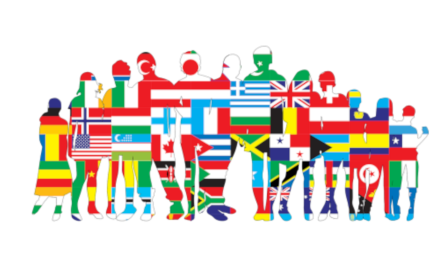
The target audience of the Bibliodos ebook collection is heterogeneous; its readers are mainly:
- know too little of the language to understand it in writing
- have a mother tongue whose graphic system is very different from that of the target language
- have never learned to read, either in their mother tongue (which may be a language with no written system) or in another language (official language of the country of origin, language of the host country, language of international communication, etc.).
- read their language very little and with great difficulty (people with little schooling, people who are illiterate for various reasons including SLD), and whose language of the host country, especially the written part, is very different from their language. These people are not able to transfer their small reading skills into the new language.
- have suffered traumatic injuries leading to problems with concentration, memory, mental blocks…
- are illiterate (for various reasons, including learning disorders)
- have reading difficulties, SLD and/or feel apprehension about reading
- have suffered traumas leading to problems with concentration, memory, mental blocks…
They are therefore people who may have a very different understanding of the ebook language depending on how they discovered it, learned it, mixed with it… For various reasons, their relationship to reading and writing might be very complex. Thus, the knowledge of a language that allows one to understand written texts will not be the same for everyone. Consequently, people’s abilities and difficulties to access to meaning will differ.
Reading levels
Depending on the person, learning difficulties, pathways (life, initial and/or continuing education), reading skills will vary and so will the ability to read the adapted ebook. Each level is designed to maintain a balance between ease and difficulty to keep reading challenging enough without demotivating the audience.

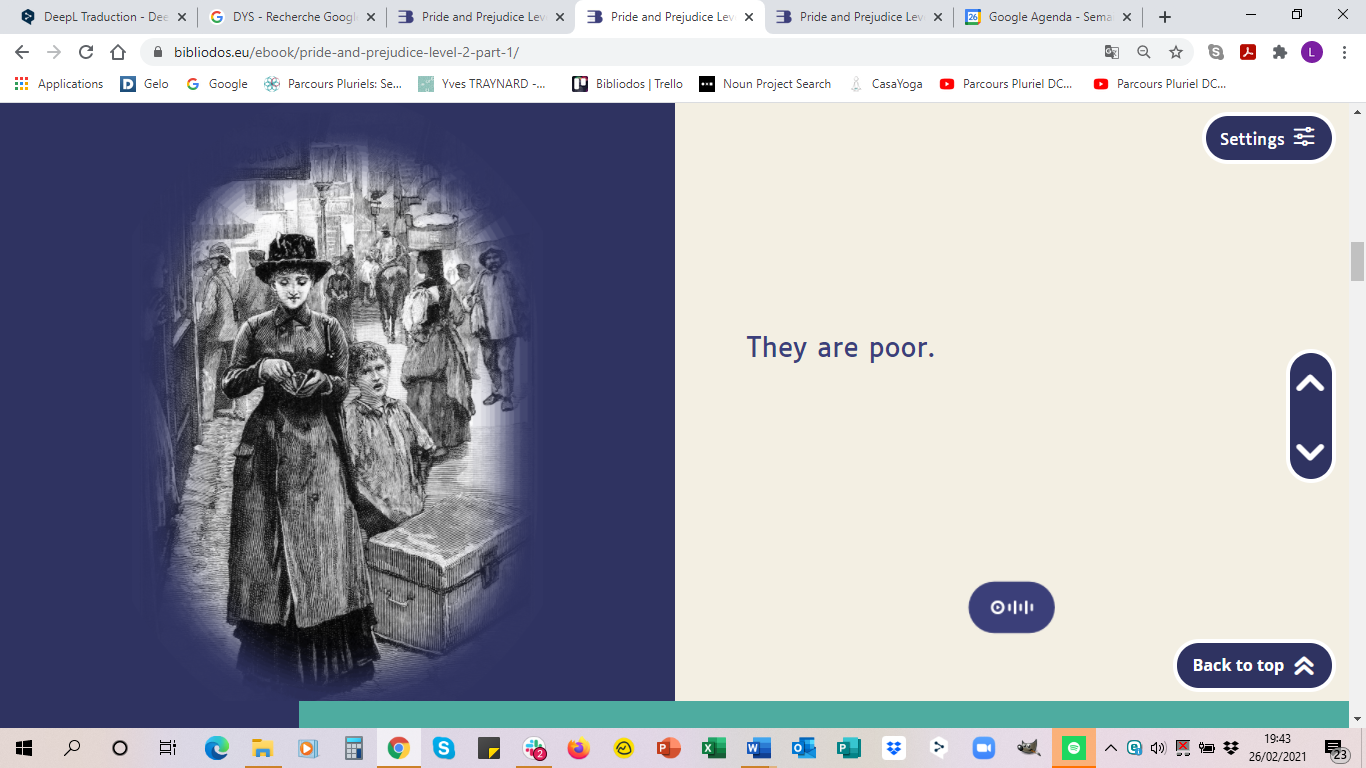

Level 1
This level corresponds to level A1.1 in written reception.
This reading level is intended for those among the target audience who are unable to read. Some of them can globally recognize the writing of very common words that they come across in their everyday life. The target audience may be able to spell out words that are very simple to read (correctly associating sound and spelling), but may not, or rarely, access to meaning.
This reading level consists of the visuals, some written data and an audio (Level 3 text).It contains very little written material.
Some pages may have no text. Reading an interactive digital book is more than just reading the text in the ebook. It is also about “reading” the visuals in the ebook (i.e. observing them, analysing them, using them to make hypotheses) and listening to the story.
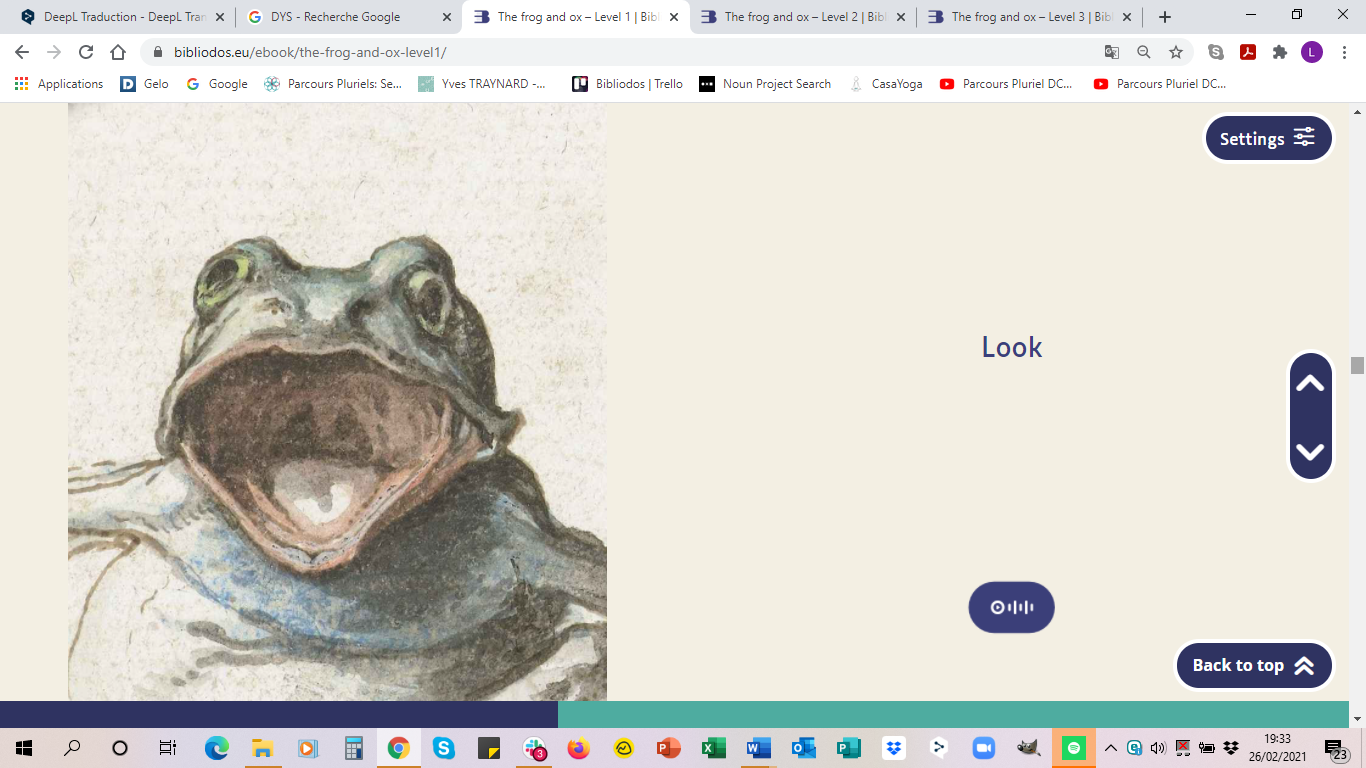
Level 2
This level corresponds to level A1.1 in written reception.
This reading level is for those among the target audience who read a little. The reasons for this vary:
These people are just settling in the written word, they have started learning to read, they can read a little bit of a language with a graphic system identical or close to that of the language of the host country.
These people are highly illiterate (for various reasons, including learning disorders), and read with great difficulty, are blocked and unable to read, i.e. to make sense of what they spell out.
This reading level consists of the visuals, some written material and an audio (level 3 text).
The text (words and sentences) is associated with visuals to facilitate comprehension and keep the reader focused. Some ebooks contain few sentences. However no ebook contains isolated words to keep reading challenging.
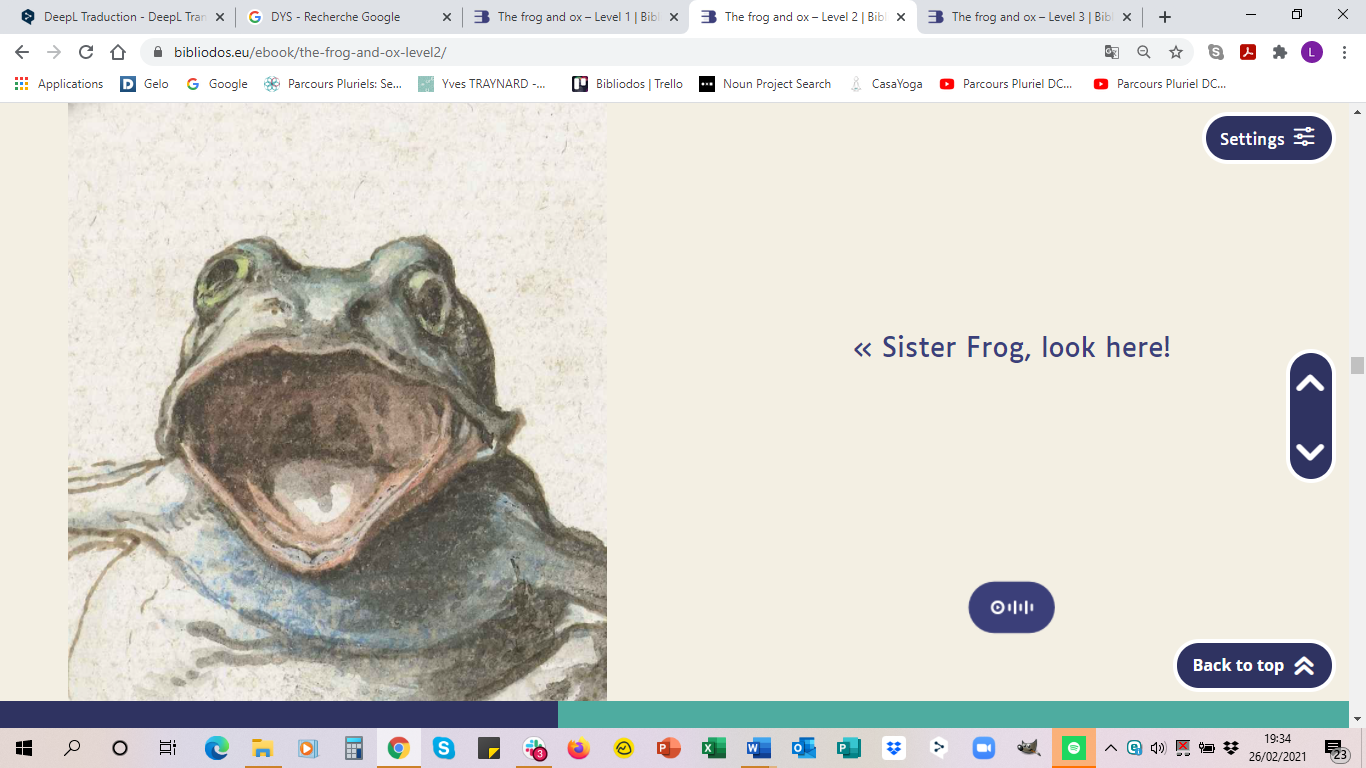
Level 3
This level corresponds to level A1 or A2 in progress in written reception.
This reading level is intended for those among the target audience who are able to read a text at a minimum A1 level.
This reading level consists of the visuals, a text and the audio of that text.
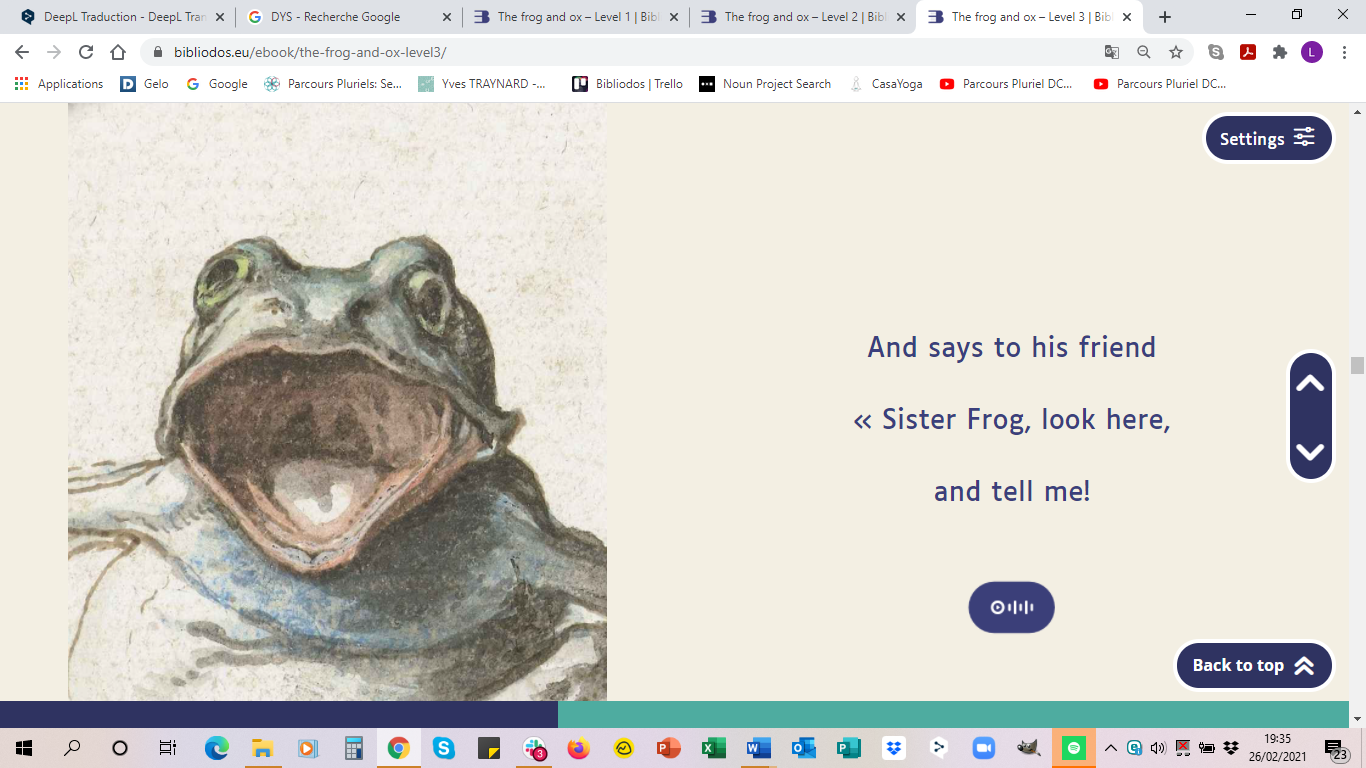
Task/Exercise or Formative Assessment
We suggest that you read the 3 levels of a short ebook and a long ebook to take notice o the variations between levels and between ebooks, then choose the level(s) that would suit your group(s).
You can also introduce Bibliodos to your team and present them with the specificities of the target audiences and of the 3 levels of ebook reading.
Desirable outcome
At the end, educators should have a clearer understanding of the objectives of the project, be comfortable in choosing the right reading level for their group(s) and use the activities suggested in the pedagogical dossiers.
 45-60 minutes | For learners, For educators
45-60 minutes | For learners, For educators